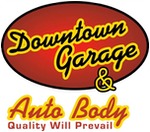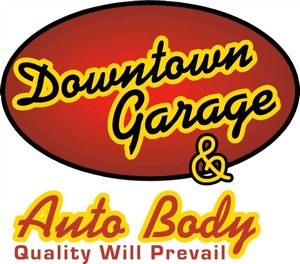Installing a wheelchair lift is an excellent way to make any vehicle more accessible, and wheelchair lifts for buses can make traveling and commuting around town much less daunting for wheelchair users. However, many bus wheelchair lifts suffer from frequent mechanical issues, which can be from collisions, poor maintenance, or general wear and tear.
Bus wheelchair lifts are complex pieces of equipment with many components, which can make repairs more challenging. However, some specific components are more likely to fail than others. Discover three of the most common problems that can affect your bus’s wheelchair lift, along with the best ways to prevent and repair these issues.
Improper Lift Grounding
Bus wheelchair lifts receive power from the bus’s 24-volt electrical system and must, therefore, have proper grounding to function properly. If your bus wheelchair lift is not properly grounded, its internal fuses or circuit breakers will shut off the power supply to prevent electrocution hazards, rendering the lift non-functional.
Many wheelchair lifts suffer frequent grounding problems due to improper installation. Grounding wires should always be connected to an undamaged section of the bus’s frame, but many are accidentally connected to other, unsuitable components, such as exhaust manifolds.
Properly installed grounds may also malfunction if the section of frame they are attached to becomes rusty. Corrosion can also affect the grounding wire itself. This is a particularly common problem in winter, when road deicing salt can cause electrical wiring to corrode more rapidly.
If your bus wheelchair lift keeps blowing fuses due to grounding issues, bus wheelchair lift repair specialists can professionally repair it. Fortunately, rerouting a poorly installed ground is a relatively simple (and therefore inexpensive) job, and your bus should be back on the road reasonably quickly.
Broken Lifting Springs
Most vehicle wheelchair lifts generate lifting force using a combination of springs and hydraulic pistons. Lifting springs are a common failure point in bus wheelchair lifts, and many bus wheelchair lifts will need new replacement springs every few years.
Rust is a common cause of spring failure but is preventable with regular maintenance and cleaning. Damage from physical wear is more difficult to avoid. Worn springs are more likely to snap, which may cause the lift to jam during operation. Snapped springs are beyond repair and need replacement as soon as possible to restore functionality.
Making sure to properly lubricate your wheelchair lift’s springs will help to reduce wear and can prolong the useful life of the lifting springs significantly. PTFE-based lubricants are particularly effective at reducing spring wear.
Roll Stop Barrier Damage
The roll stop flaps or barriers fitted to your bus wheelchair lift are vital safety measures and must be in functioning condition at all times. These barriers raise into position while the lift raises or lowers. They prevent wheelchair users from accidentally rolling off the lifting platform, which can cause serious injuries.
Despite their importance, roll stop barriers frequently suffer damage due to improper usage by bus drivers. If a driver attempts to force a barrier into position to speed up lift operation, the motors and servos responsible for raising and lowering the barriers can be badly damaged. Collisions with heavy, powered wheelchairs can also cause damage to the barriers themselves.
Damaged roll stop barriers may be repairable, but bus wheelchair lift manufacturers usually recommend complete replacement instead. If a poorly repaired barrier fails while the lift is operating, lift users can be in serious physical danger. Take the stricken lift to an accredited bus wheelchair lift repair service to replace the damaged barriers.
Keeping an eye out for these common problems will help keep your bus’s wheelchair lift functioning, reducing the need for expensive repairs and vehicle downtime. If you have any more questions about bus wheelchair lift maintenance, contact the experts at Downtown Garage & Auto Body today.





